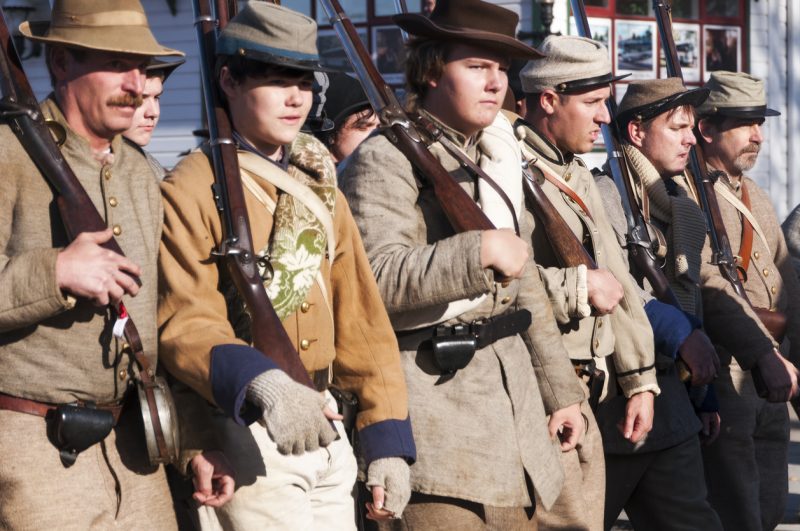While it is commonly thought that the First World War was the first war in which war propaganda was widespread, propaganda goes back earlier than the 20th century.
Propaganda as we recognize it was used during the Napoleonic Wars, and as an art form it has been around for thousands of years, with the earliest examples dating back to around 500 BC.
As a widespread and mass-printed means of getting huge numbers of civilians to enlist in armies and fight, the American Civil War was one of the first in which print propaganda became widespread.
The American Civil War began on the April 12, 1861, but the North and South’s propaganda campaigns began a few years earlier.
In the decade prior to the Civil War, the American press began flourishing and evolved rapidly evolve in terms of technology, output, and distribution. Meanwhile, the number of newspapers expanded and a new style of weekly pictorial publications filled with comics and illustrations became popular and widespread in northern and southern states.
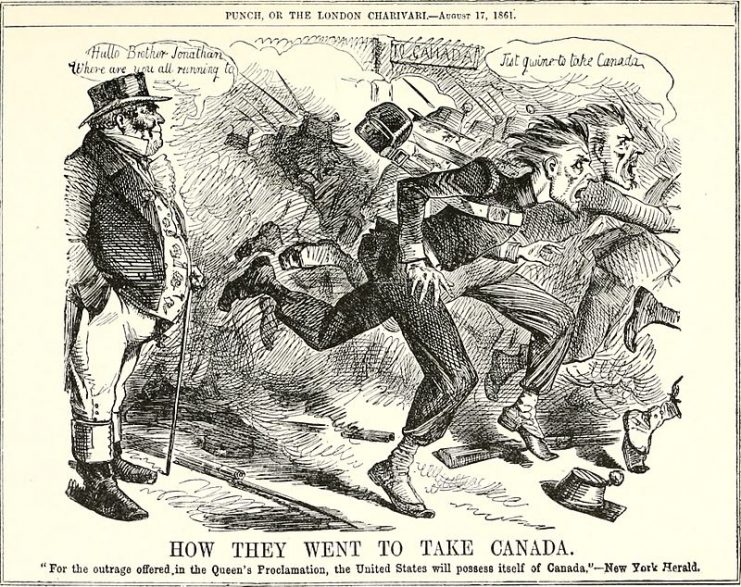
This mass distribution of picture-based media was eagerly and voraciously consumed by the American public. It also proved ideal for distributing and disseminating propaganda and successfully pushed divisive ideologies from both sides of the divide.
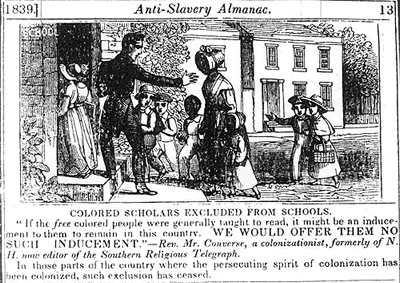
Almanacs–annual publications–were widely used to push propaganda and sway opinions. In some cases the intent was noble, for instance the Pro-Union and anti-slavery almanac, (titled The Anti-Slavery Almanac) proved quite effective at swaying opinions in northern states in favor of an abolitionist stance towards slavery.
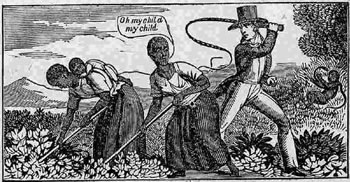
The Anti-Slavery Almanac contained woodcuts depicting the brutality of slavery and racism in the southern states and went a long way toward convincing northerners to support the abolitionist cause.
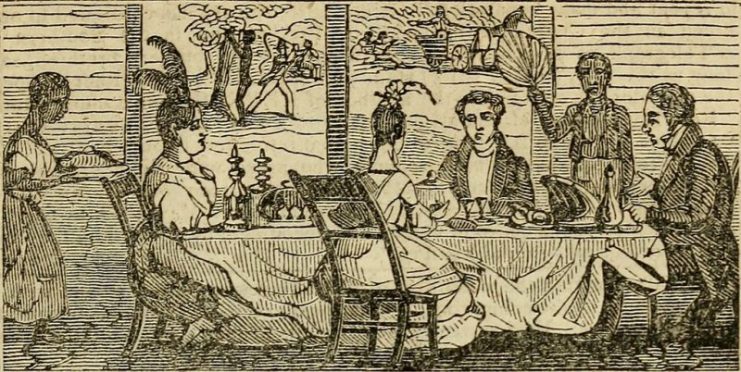
Other forms of propaganda, especially some originating in the southern states, were quite the opposite. Many sought to spread particularly repugnant views. Miscegenation–sex across racial lines–was a common topic in some Southern propaganda. Other equally ugly forms of Southern propaganda focused on depicting African-Americans as unfit to serve as soldiers, since many southerners were unwilling to allow black men to serve in their army.
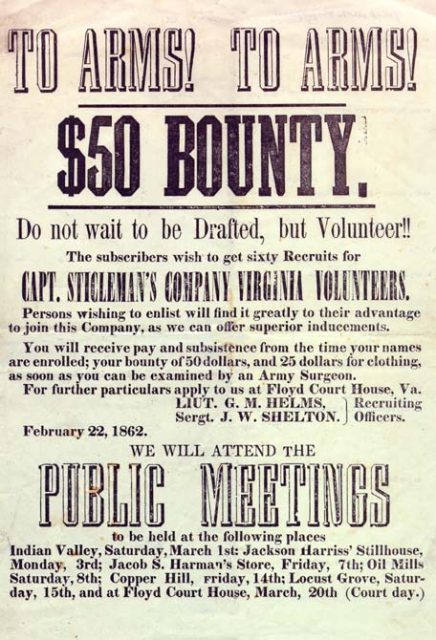
Of course, not everyone in the South was fighting in support of slavery and upholding racism. Much of the Southern propaganda was therefore simply an emotive appeal to those who were fighting for fair trade tariffs and import/export laws, and the right to self-determination.
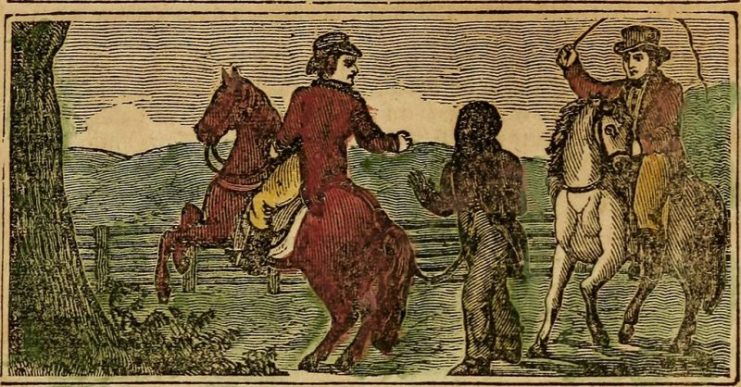
Both the North and the South shared a need to convince men to join their armies. While one way of achieving this was by demonizing the other side, the propaganda also sought to appeal to concepts of patriotism and protecting the land of their birth.
In a time when the concepts of manliness, self-sacrifice, and doing one’s duty were taken very seriously, both sides went all-out to convince young men to enlist in their armies. To this end, they adopted a multi-pronged approach and enlistment propaganda went beyond printed media.
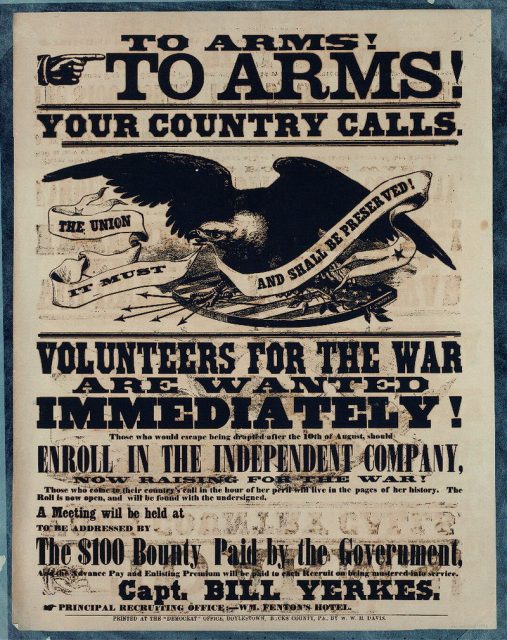
Songs praising the bravery of young volunteers became widely popular, and were especially persuasive when sung by young women. Other songs were specifically written to stir up national pride and patriotism, including Battle Cry of Freedom, When Johnny Comes Marching Home, The Battle Hymn of the Republic, Dixie’s Land, and other famous Civil War songs. Such songs had the dual purpose of encouraging young men to enlist and also boosted the morale of existing troops.
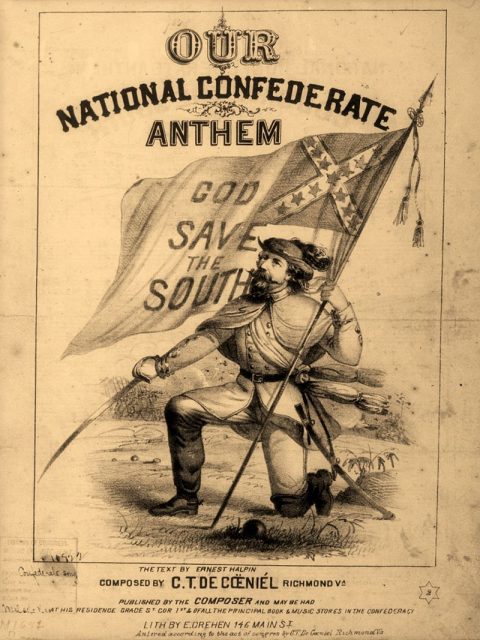
As the Civil War progressed, the propaganda and distribution channels evolved on both sides. One of the more novel ways in which propaganda was spread, particularly in the North thanks to its better access to raw materials and ink later in the war, was through illustrated envelopes.
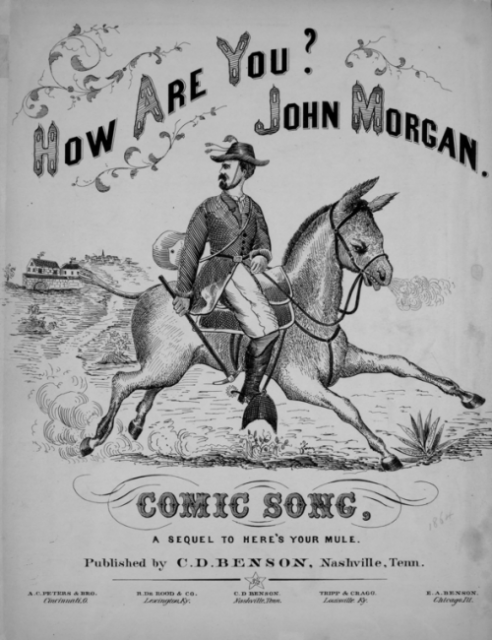
The envelopes were used by civilians and soldiers alike and had images either promoting the patriotism, honor, and nobility of their cause, or demonized and belittled the opposing cause. They were a great way of spreading propaganda and stirring emotions since mail was typically the only means of communication at the time.
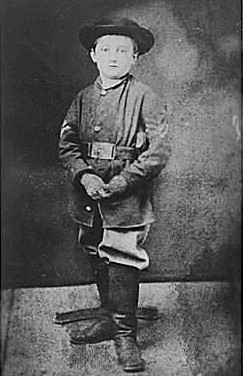
While the propaganda created by both sides was something of a first in history thanks to printing and distribution advances, it certainly wouldn’t be the last. Just a few decades later, the First World War broke out in Europe, during which great propaganda wheels truly began to spin faster than ever before.
